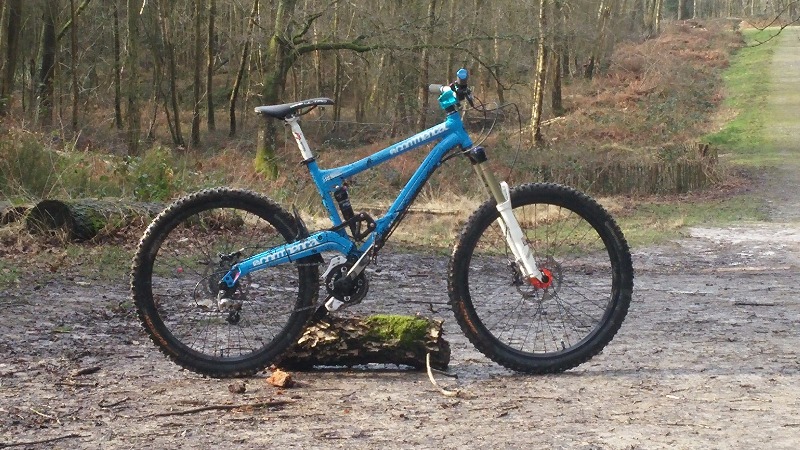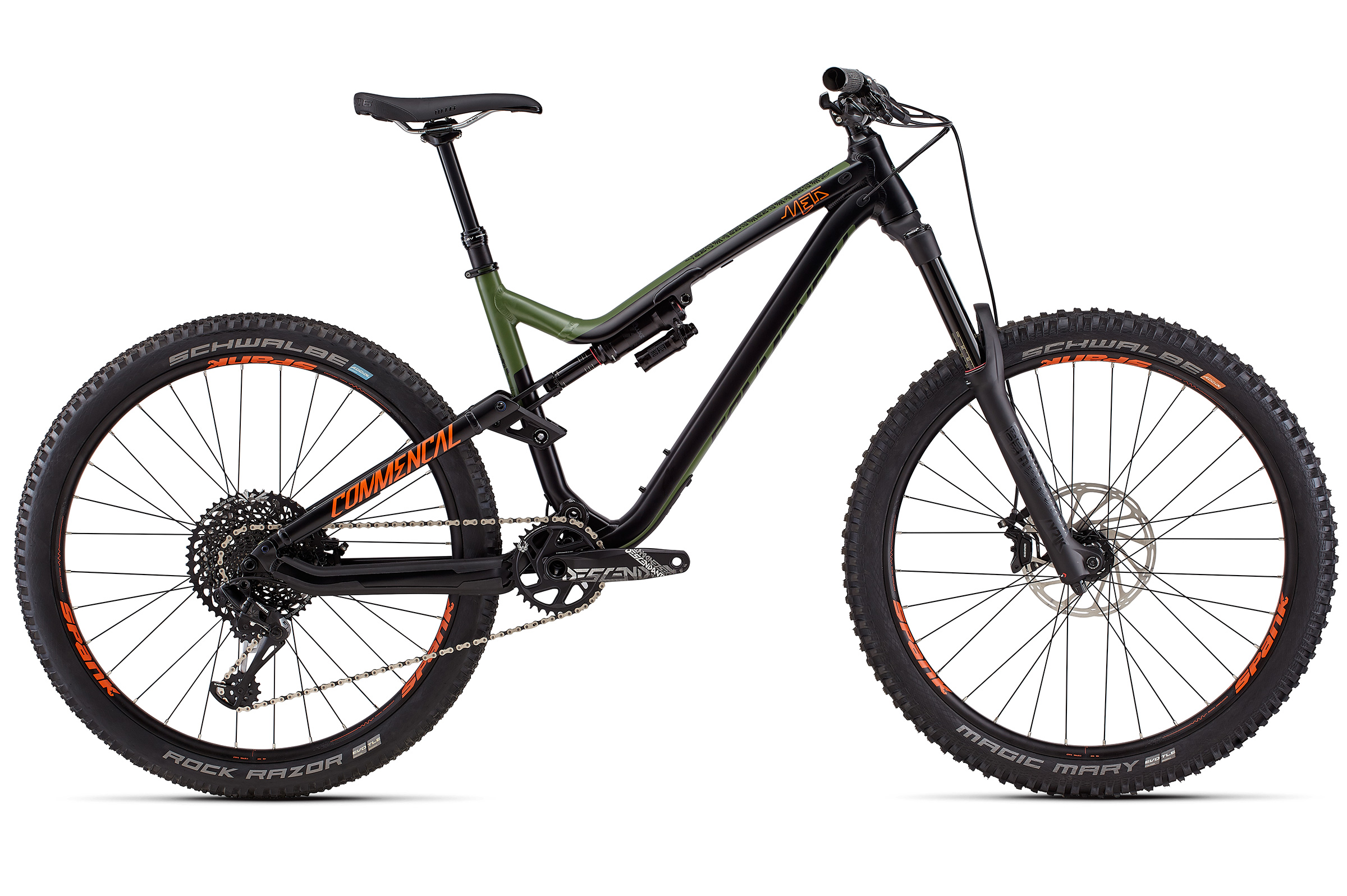

If you have any questions feel free to comment, and, similarly, if you have any requests for ways in which you’d find it more interesting to connect the graphs and numbers to real life. We’ll have a new bike analysis out every week followed by a roundup of the five bikes we’ve analysed. In the case of all the bikes in the trail category, they’re all bikes that have been ridden by one of the editors here at Pinkbike so, we can start to look at how riding feedback relates to what we see in the graphs. We’ll keep our analysis mainly focussed on the suspension, looking at the layout, leverage ratio, anti-squat, pedal kickback, anti-rise and axle path. We’ve tried to take a good sampling of bikes that look a few different takes on that trail bike category with different suspension systems from some of the big names in the industry, different wheel sizes and bikes with hugely varying price tags all up for analysis. Our recent podcast did just that with differing opinions on the boundaries of trail bike in terms of travel, geometry and bike intent.

There’s quite some discussion as to what a trail bike is. Recently we touched on anti-squat, but look out for more of the Enginerding articles in the future.īut, we’re back for another round of bikes and this time we’re looking at the vast category of trail bikes. We’re also trying to take certain terms and set about explaining them, how they might be analysed and add some food for thought by re-inserting the violently chaotic real world in which we ride back into the analysis. If you’d like to know more about the Behind the Numbers series, aren’t familiar with the terms being used or want to know why the hell we’re doing, this then head back to out our introduction article for that.

COMMENCAL META 20 PORTABLE
Behind the Numbers made possible by Creaform Portable 3D Measurement Technologies


 0 kommentar(er)
0 kommentar(er)
